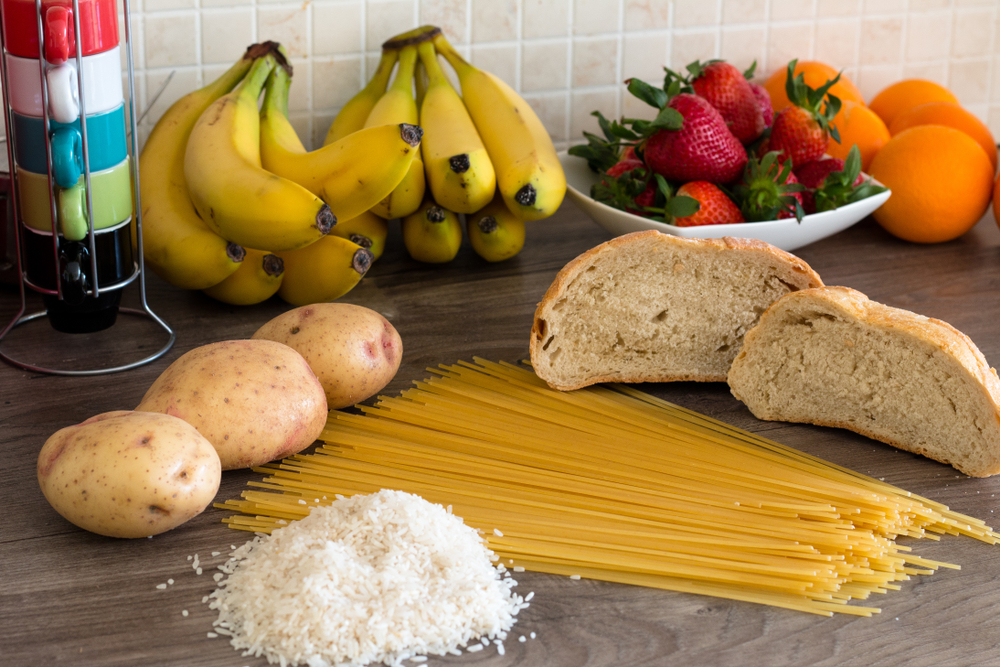An Overview Of Diverticulitis And The Diverticulitis Diet
An overview of diverticulitis and the diverticulitis diet
Diverticulitis is a medical condition that causes inflamed pouches in the lining of the digestive system, more commonly, in the intestines. The pouches occur when sections in the intestine bulge out, caused by weak spots within the intestinal wall giving way under pressure. It is common in individuals above the age of 60 years and occurs in the large intestines. The pouches often exist within the body, causing minimal infection and inflammation; hence, they are considered as a less serious condition.

What causes diverticulitis?
- Aging
- Heredity or inherited conditions
- Adopting a diet low in fiber and high in refined food
- Frequent constipation
- Strain during bowel movement
What are the symptoms of diverticulitis?
- Severe abdominal pain and cramping
- Chills and a high fever
- Bloating
- Nausea
- Constipation, the passing of thin or loose stools, and diarrhea
- Rectal bleeding
- The stool has traces of blood
- Abdominal swelling and vomiting
- Rigid abdomen
How is diverticulitis diagnosed?
- A CT scan helps identify the location of the pouches.
- X-ray images indicate the presence of inflamed pouches.
- Colonoscopy is also a way of diagnosis, where a flexible, lighted tube is passed inside the intestines to identify the weakened walls and the presence of pouches.
What are the treatments for diverticulitis?
- Surgery to remove the diverticula.
- Modifying the diet and incorporating high-fiber food items that enable a regular movement.
- Administration of antibiotics as prescribed by the doctor.
- Bed rest for mild conditions.
- Administration of stool softeners and antispasmodic drugs prescribed by the doctor.
- Temporary colostomy.
- Drinking at least eight glasses of water per day to prevent constipation.
- Intake of prunes or prune juice among other natural laxatives.
- Adopting a low-fat diverticulitis – diet and eating low-bulk food such as broths, low-fiber bread, cooked vegetables, and cooked fruits such as apples.
- Avoiding milk and milk products is an important part of the diverticulitis – diet.
What is the recommended diet for diverticulitis?
- A diet sheet for diverticulitis recommends a liquid diet for the first few days; this consists of broth, pulp-free fruit juices, ice chips, and pops without bits of fruit or fruit pulp, gelatin, water, and tea or coffee without cream.
- Low-fiber food is recommended by the diverticulitis – diet, such as canned or cooked fruits without the skin or seeds, canned or cooked vegetables such as green beans, carrots, and potatoes prepared without the skin, eggs, fish and poultry, refined white bread, fruit and vegetable juice with no pulp, low-fiber cereals, milk, yogurt and cheese, white rice, pasta, and noodles, among others.
- High fiber foods such as whole-grain bread, pasta, cereals, beans such as kidney beans and black beans, fresh fruits such as apples, pears, and prunes, and vegetables such as squash, potatoes, peas, and spinach are included in a diverticulitis – diet.
- Fiber supplements such as psyllium or methylcellulose administered one to three times a day or as advised by the doctor.
What food should be avoided by those who have diverticulitis?
- Although there lacks scientific evidence for this recommendation, it is advisable to avoid hard-to-digest food.
- These may include nuts, corn, popcorn, and seeds that may get trapped in the diverticula, leading to inflammation.
How can diverticulitis be prevented?
- Incorporating more fiber-rich food such as whole-grain bread, oatmeal, fibrous fresh fruits, and vegetables gradually into the diet can help.
- Adding fiber supplements to the diet to bulk up the food is helpful.
- Increasing fluid intake, for instance, by drinking a minimum of eight glasses of water per day aids in preventing diverticulitis.
- Minimizing or avoiding the intake of refined food, such as white flour, white rice, and other processed food can help.
- Using stool softeners for constipation is another method. However, avoid the usage of the same on a long-term basis without consulting a doctor.
- Using natural laxatives such as prunes, prune juice as well as psyllium seed as directed by the doctor can help relieve constipation.
- Exercising regularly helps the intestinal muscles retain their tone, encouraging regular bowel movements.
What are the complications of diverticulitis?
- Abscesses are formed around the infected diverticula
- Scarring of the intestine can cause stricture or blockage
- Fistulas develop when an infected diverticulum reaches an adjoining organ forming a connection between them
- Severe bleeding